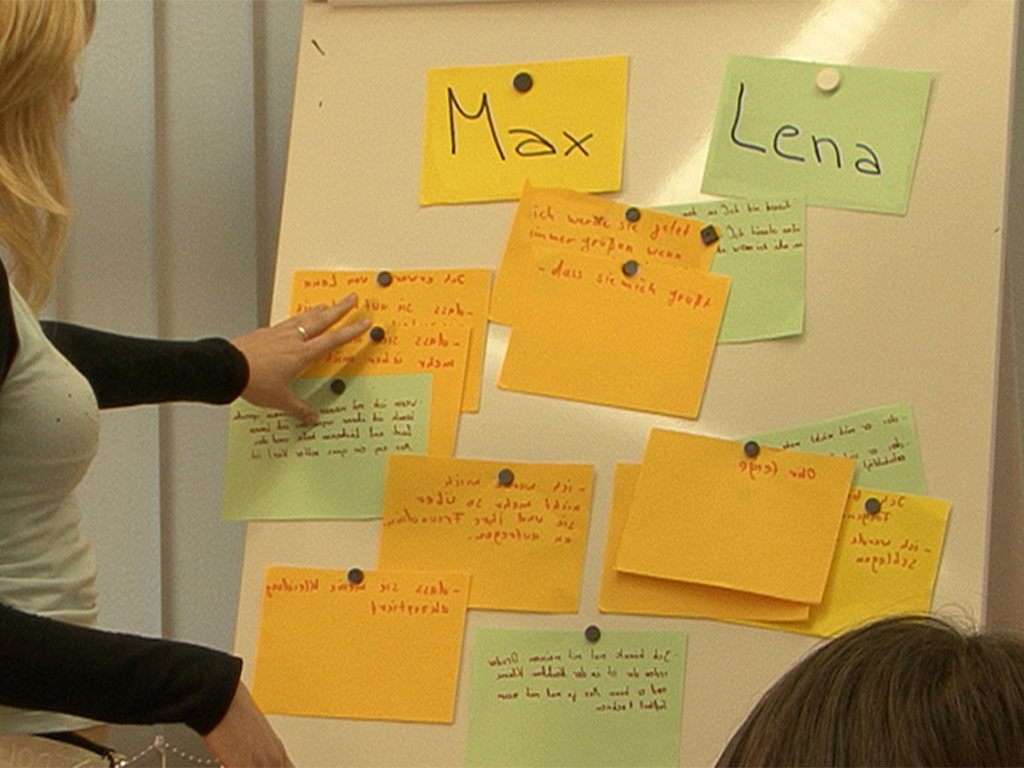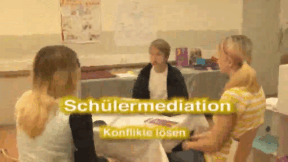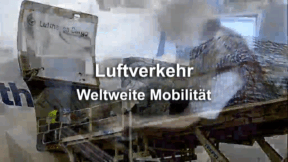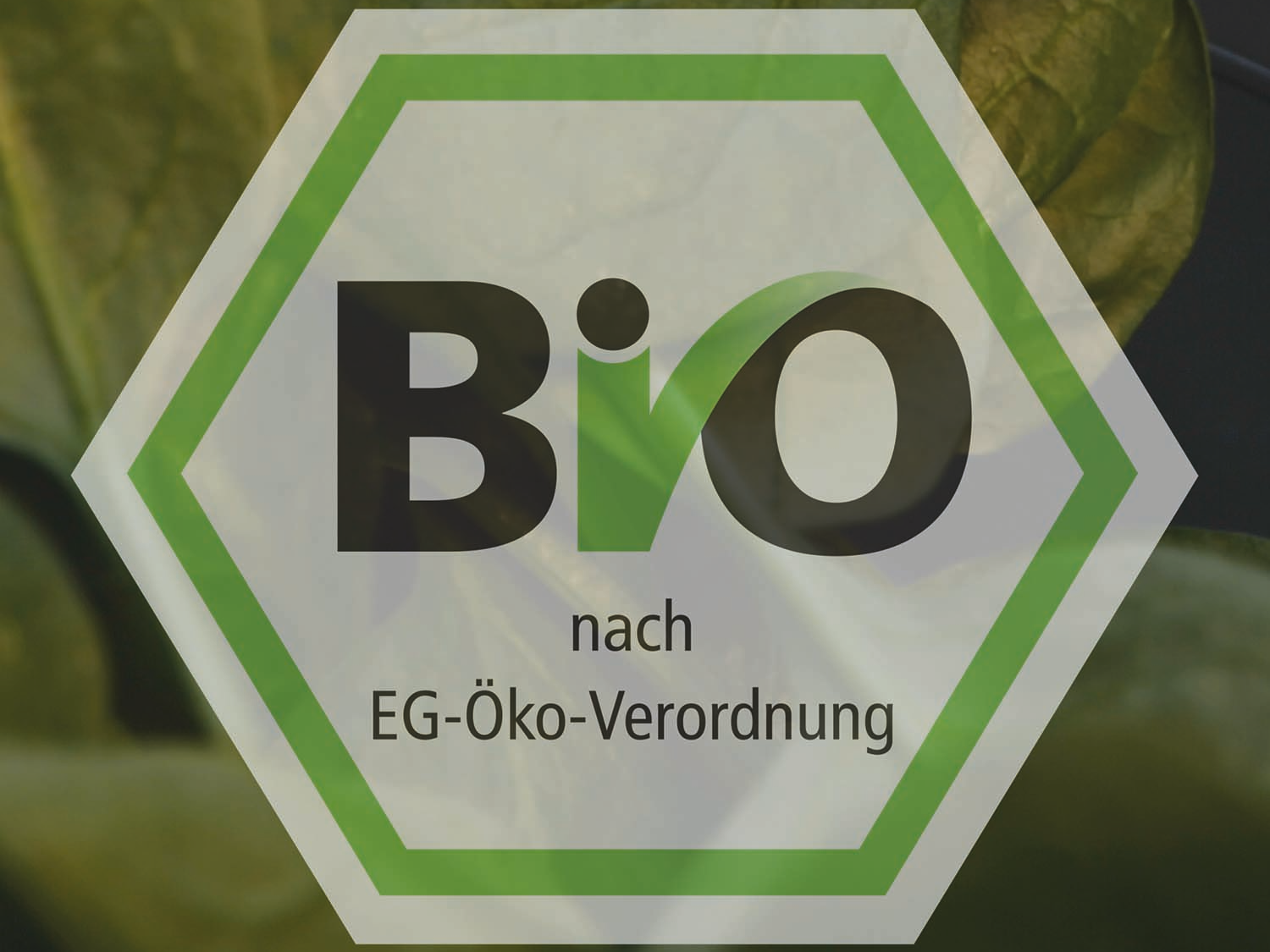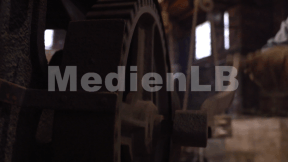 Primary School
Primary School
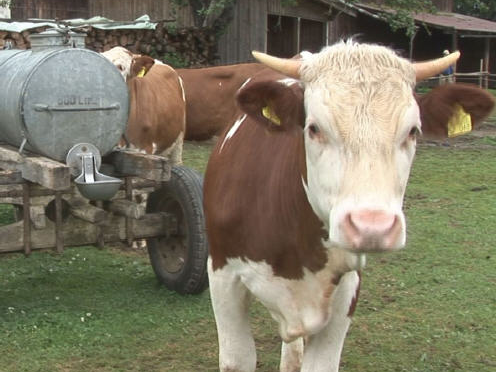

4655731 / 5550656
The Farm
Where does our Food Come from?
This DVD offers some insight into the life on a farm today. In a way easily understandable for primary school pupils, the film shows with simple and tranquil pictures the daily work in an agricultural business. At the same time, a number of domestic animals are introduced to the children and they learn about their characteristics and lives as well as their use for us humans.The DVD covers the following aspects of the topic: Cows and cattle (modern milk production in the milking plant, cow-keeping on the pasture and in the cowshed, birth and rearing of the calves); pigs (pigs as productive livestock, characteristics, preferences, reproduction); poultry (free-ranging chicken, hatching of a chick, turkeys and geese as fat stock); horses and goats on the farm (information on these domestic animals, their use); small animals on a farm (cats, dog, bees, swallows); agricultural crops (types of cereal like wheat, barley and corn, tilling of the fields, transport and storage of hay using modern farming machines).The film is divided into six menu items (chapters). Each chapter can be individually accessed and worked on.
Play trailer
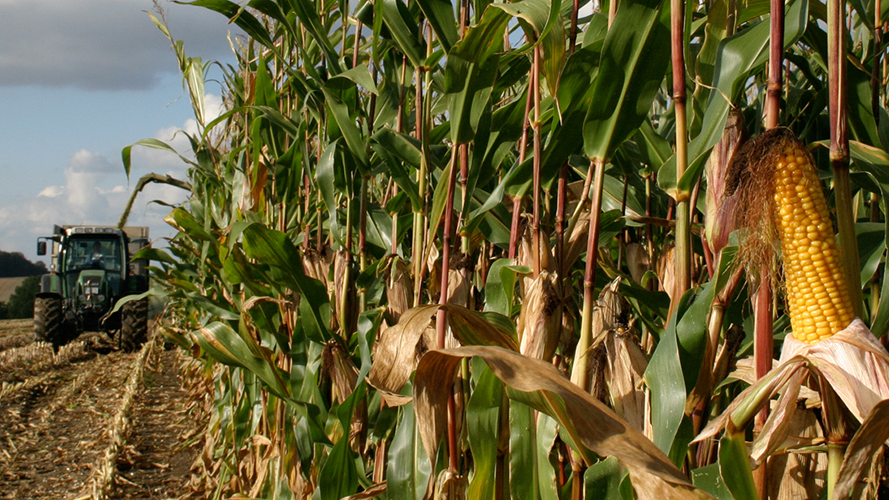
Curriculum-centred and oriented towards educational standards
Matching
Peer Mediation
Lena and Max attend the 7th form. Max is new in class. During a break, Max notices that Lena and her friend are laughing at him again. Max loses his temper! He slaps Lena in the face. That hurts and Lena runs back into the classroom with a red cheek. The growing conflict between the two has escalated. Just like Lena and Max, every day pupils all over Germany have rows with each other. At the Heinrich Hertz Gymnasium in Thuringia, pupils have been trained as mediators for years. At set hours, they are in a room made available by the school specifically for mediation purposes. The film describes the growing conflict between Max and Lena and shows a mediation using their example. In doing so, the terms “conflict” and “peer mediation” are explained in a non-technical way. The aims of peer mediation and its progress in five steps as well as the mediators’ tasks are illustrated. The art of asking questions and “mirroring”, which the mediators must know, is described and explained. Together with the comprehensive accompanying material, the DVD is a suitable medium to introduce peer mediation at your school, too.
Air Traffic
Being able to fly has been a dream of humanity from time immemorial. But it does not even date back a century that people actually started being able to travel through the air. Since the 1960s, the number of flight passengers has been constantly increasing. Thus, the airspace is no longer dominated by birds but by man-made flying objects.




